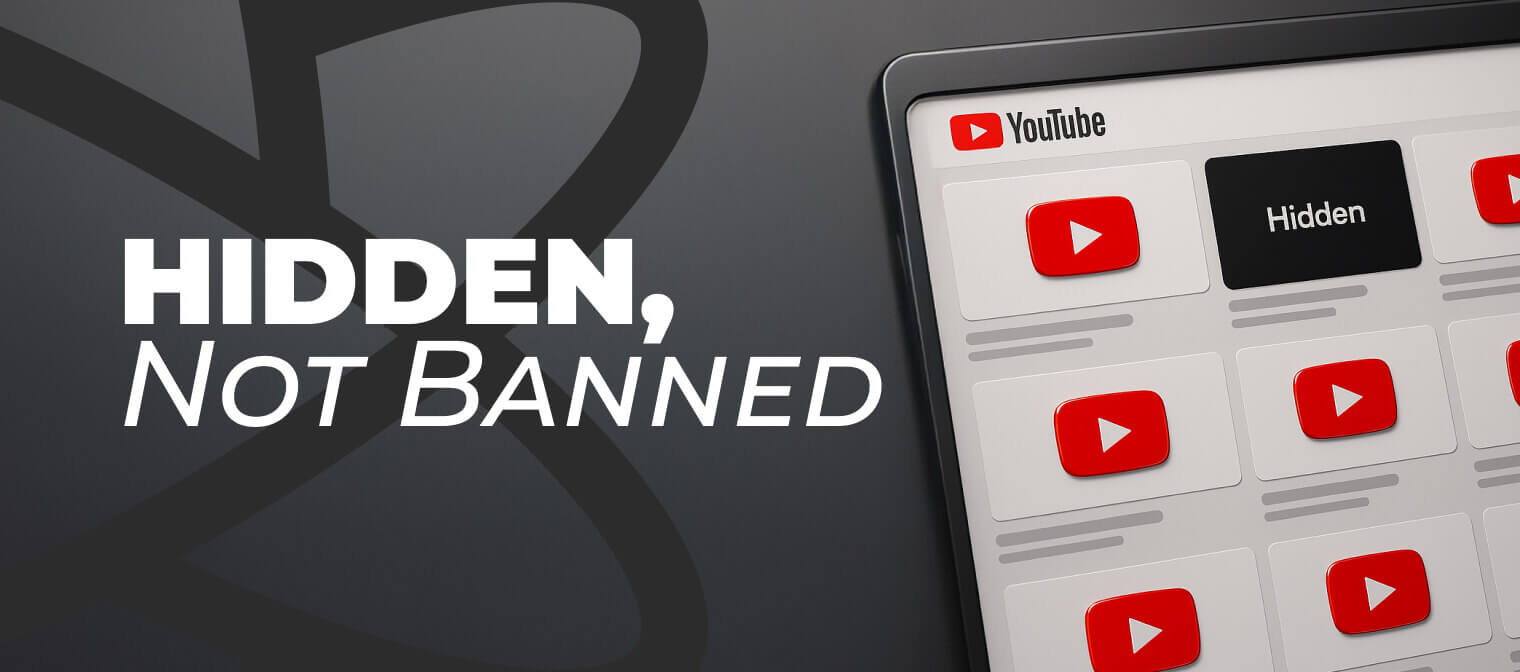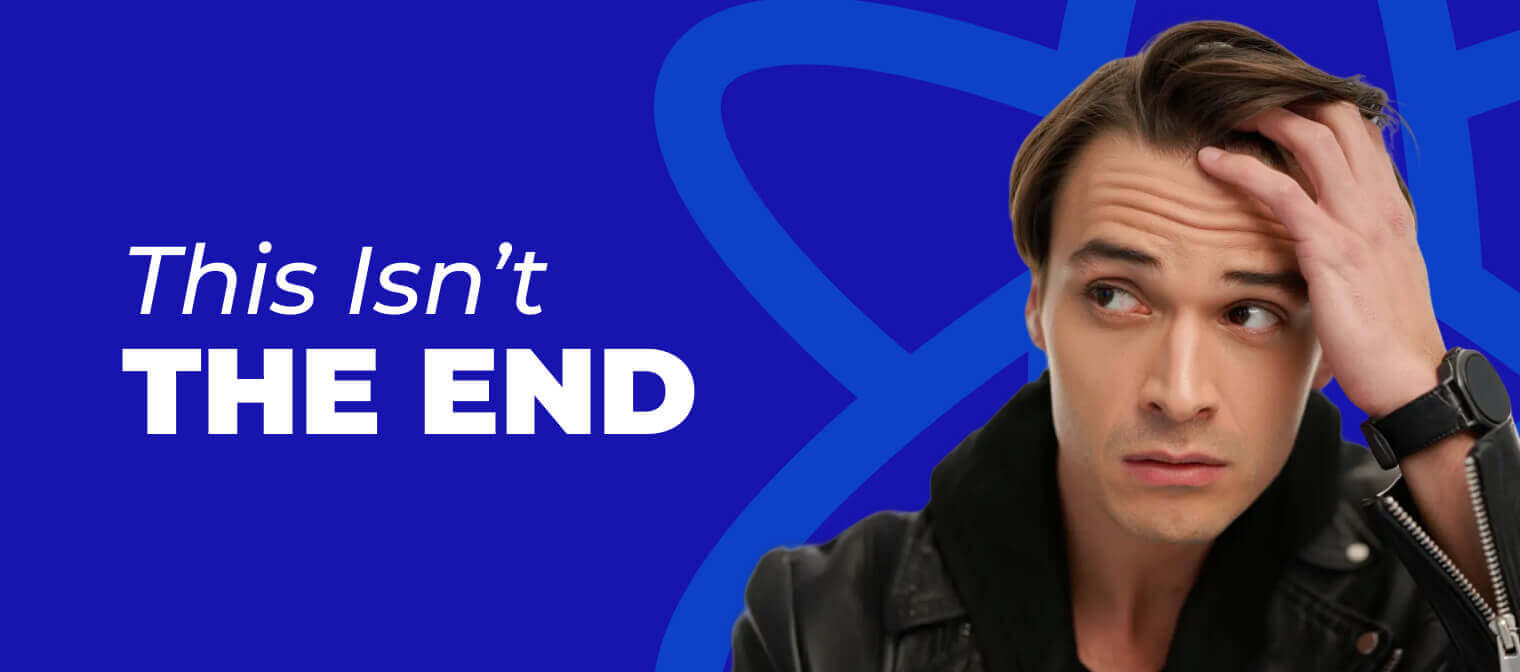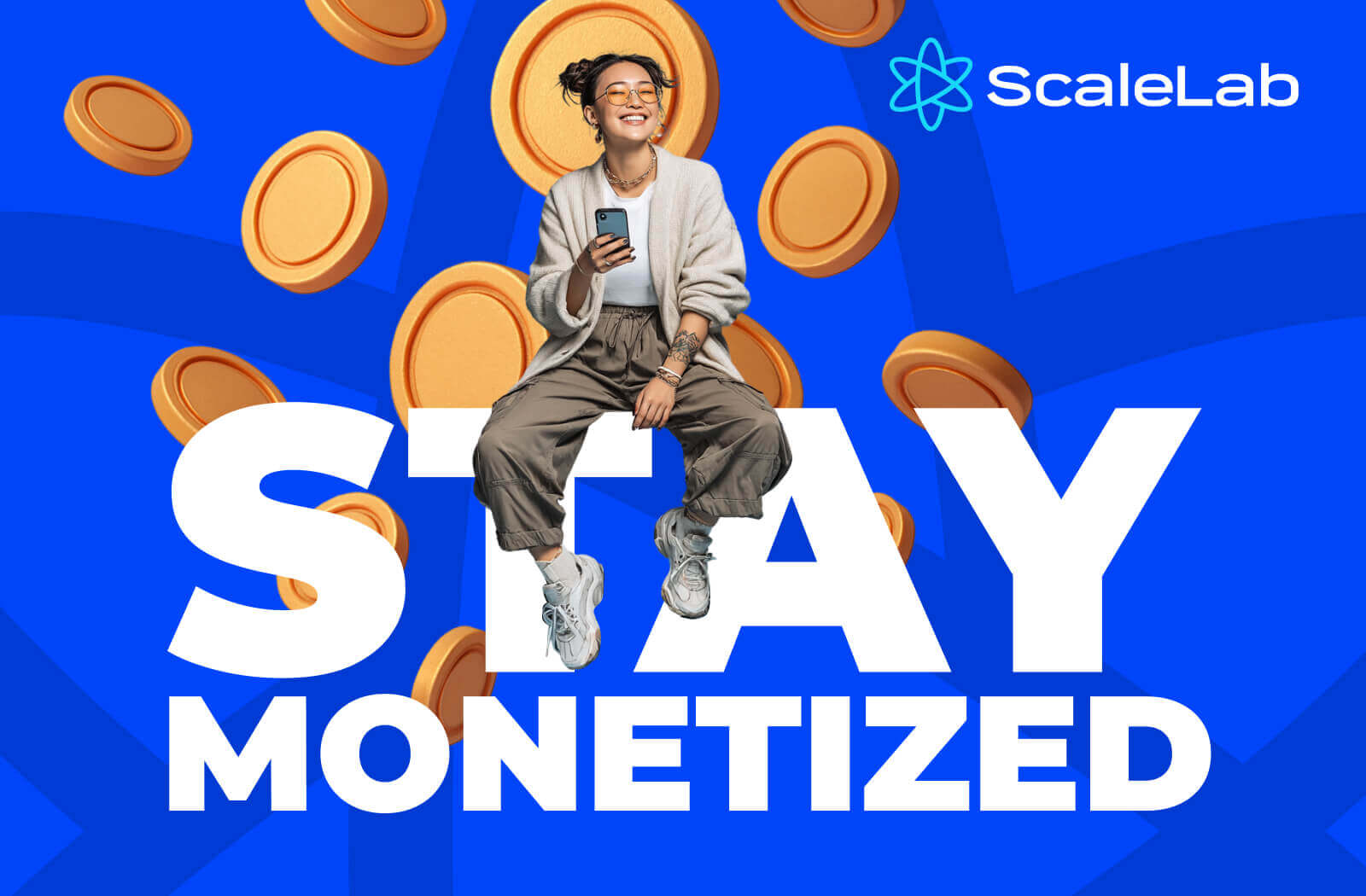"Shadowban" isn’t a term YouTube officially uses. There’s no red button labeled “hide this creator from existence.” But if a video disappears from search, notifications vanish, subscribers never see your upload, and analytics nosedive, you’re left wondering: did something invisible kill your momentum?
It’s not fiction. But it’s not a conspiracy, either. What feels like a shadowban is usually the result of specific YouTube algorithm issues or subtle channel penalties that YouTube doesn’t formally announce. They don’t send a warning, don’t call it punishment, but your video gets buried anyway.
So, is YouTube shadowbanning real? Not in name. But the effect of that part is very real.
10 Cases That Look Like Shadowban
Let’s walk through 10 situations we’ve seen creators face. These are patterns that repeat across verticals, and they always feel like something bigger is happening behind the scenes.
1. The Invisible Age Restriction
One news channel uploaded a video that used dramatic news clips, nothing extreme. No violence, no swearing. But within minutes of publishing, it stopped receiving impressions. The cause is an age restriction that wasn’t flagged in the Studio dashboard right away.
When we checked using an incognito search, the video didn’t show up anywhere. Only later did YouTube flag it as “not suitable for all audiences.” That quiet flag throttled discoverability. To the creator, it felt like a ban. But it was YouTube erring on the side of caution.
Tip: Always test video visibility outside your own account. Incognito tabs don’t lie. If it doesn’t show up there, it’s flagged or under restriction.

2. Channel History Working Against You
One music reaction channel saw its entire channel stop gaining impressions after three successful years. No strikes, no changes in upload style. But the algorithm treated them like a risk.
Because they had dozens of copyright claims. None caused a strike, but over time, the system de-prioritized their uploads because of the volume of flagged content. The algorithm assumes risk where it sees a pattern, even if those claims don’t result in punishment.
Solution: Audit your past. Too many yellow-dollar signs or copyright claims can weigh down your channel’s reputation over time. Clean up what you can. Move future uploads to a new strategy.
3. Unacceptable Thumbnails
A creator in the fitness niche had strong videos, high retention, decent CTR, and consistent engagement. But one video tanked for no visible reason. We noticed the thumbnail featured imagery with dramatic contrast. YouTube flagged it silently as borderline adult.
There was no official warning. But impressions dropped to near zero. When the thumbnail was replaced with a more neutral version, views slowly recovered. The system had soft-filtered it from recommendations.
Advice: You don’t need to get a notification to be penalized. If your thumbnail or visuals get misread by the algorithm as borderline, performance tanks. Avoid edge-case visuals unless you’re ready to A/B test them.
4. Silent Spam Flag on Metadata
We worked with an educational creator whose video never made it to search, despite accurate tags and keywords.
What we find is that their video description repeated keywords too often, almost like SEO stuffing. No spam warning appeared, but YouTube had deprioritized it as low-quality or potentially manipulative content.
Recommendation: Descriptions need to flow naturally. Avoid repetitive keyword stacking. Write for humans, not robots.
5. Comment Section Turning Toxic
A lifestyle creator noticed their video reach was dying out faster than usual. No retention issues. CTR was normal. But they were flooded with bot comments and spam links, hundreds within hours.
YouTube's systems flagged the comment section as spam-heavy and deprioritized the video entirely. Once comments were cleaned and settings tightened, reach was normalized.
Tactic: Set comments to “Hold for review” temporarily on new uploads. Moderate early. Bots destroy more than just vibes. They can kill your visibility.
6. One Video Triggers Collateral Penalty
A creator in the social commentary niche touched on a sensitive political issue. The video didn’t get a strike, but it triggered limited ads. Every upload after that performed worse, even ones on safe topics.
Because the system recalibrated its trust level. Once your channel is flagged, everything gets scrutinized harder.
Fix: Rebuild your “safe” content record. Upload high-retention, brand-safe videos consistently until the algorithm trusts you again.
7. Misaligned Titles That Mislead Viewers
One gaming creator saw their videos tank week after week. Analytics revealed strong thumbnails and decent intros. But audience retention dropped consistently after 20 seconds.
We reviewed the titles. They were overpromising, teasing features that the videos never delivered. Viewers clicked, then bounced. YouTube took the hint and stopped recommending.
Correction: Match your title to the actual content. If viewers feel misled, even once, it’s a hit to your trust score.
Need help diagnosing your reach drop?
Contact us today. We’ll break down what the algorithm sees, help fix the weak points, and get your content seen again.
8. Algorithm Freeze Triggered by a Broken Series
We had a creator who built an entire channel around a multi-part series. One episode underperformed. The drop was so sharp it stalled the whole playlist’s progress.
When a core part of your content loop fails, YouTube hesitates to promote the rest. The system sees audience loss as risk.
What helped: Breaking the series pattern, uploading a high-performance standalone video, and using that to re-hook the audience.
9. Platform-Wide Algorithm Shift
Sometimes the problem isn’t your content, it’s the environment. We’ve tracked sudden drops that hit entire niches. One week travel content soared, then flatlined after a Shorts promotion wave began.
It’s algorithmic rebalancing. YouTube constantly adjusts what it promotes. If your format isn’t aligned with current priorities (like Shorts, trending news, or high interactivity), it falls off.
Approach: Stay agile. Follow platform trends closely. Watch what gets promoted in your niche, then test variations fast.
10. The Permanent Low-Impression Trap
A documentary creator with flawless AVD and great feedback has taken a long break. Upon return, their uploads never crossed 1,000 impressions.
After multiple tests, we realized their channel was stuck. Algorithmic memory had reset its audience association. YouTube stopped pushing because it didn’t “know” them anymore.
What worked is uploading weekly again. Pacing uploads with click-driven topics. Running polls and posts to reawaken the audience. It took three months, but recovery was possible.
Lesson: Dormancy resets algorithmic trust. Consistency is leverage.
What’s Actually Happening?
There’s no big secret blacklist. But the YouTube algorithm is reactive. Every choice you make, your visuals, topic, pacing, and community response, becomes part of the signal the platform reads.
What creators feel as shadowbanning is usually a silent drop in trust, relevance, or safety. YouTube doesn’t tell you when your score drops. But your analytics do.
If you see:
- Low impressions despite high engagement,
- No notifications going out,
- Search invisibility even on exact title searches,
- Atypical drop in YouTube views,
- Comment throttling.
You’re likely dealing with not one of the hidden penalties on YouTube, but with weak performance signals.

What You Can Do Right Now
Run visibility tests in incognito mode. Check if your video appears under relevant titles.
Audit CTR and AVD side by side. CTR under 3% or AVD under 30% is a red flag.
Rework thumbnails and hooks. Focus on emotion, clarity, and curiosity.
If flagged content exists, pivot into clean formats temporarily.
Engage your core. Use the Community tab and Shorts to wake up subscribers.
Let’s Get You Unstuck
YouTube doesn’t shadowban in the way most creators imagine. But it absolutely deprioritizes content based on silent rules and performance signals. If something “feels off” and you think it’s a shadowban sign on YouTube, there’s always a reason.
ScaleLab has audited thousands of channels and recovered countless drops. If your reach has collapsed and nothing’s working, we can help you. Our team specializes in dissecting what others miss. The solution is never generic. It’s custom, and it works.
There are always answers. You just have to know where to look.



